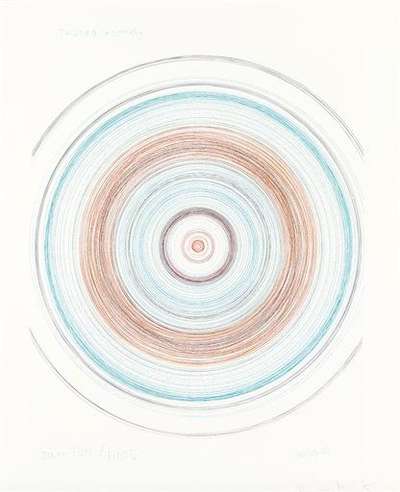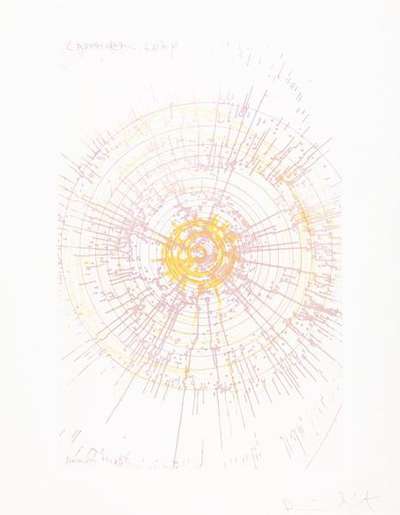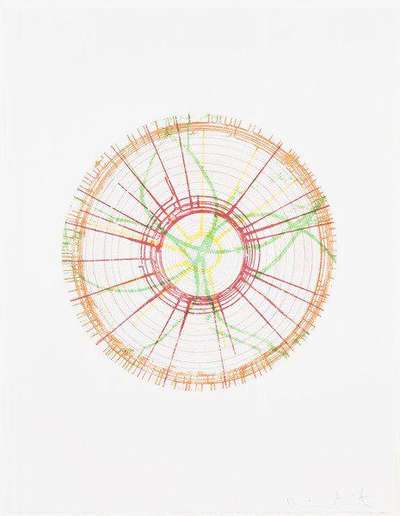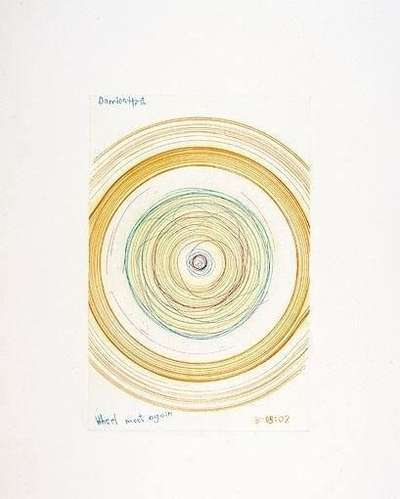
Burning Wheel

Burning Wheel
Signed Print
Damien Hirst
£1,400-£2,100Value Indicator
$3,000-$4,450 Value Indicator
$2,550-$3,800 Value Indicator
¥13,000-¥20,000 Value Indicator
€1,600-€2,450 Value Indicator
$14,000-$21,000 Value Indicator
¥260,000-¥390,000 Value Indicator
$1,800-$2,700 Value Indicator
AAGR (5 years) This estimate blends recent public auction records with our own private sale data and network demand.
There aren't enough data points on this work for a comprehensive result. Please speak to a specialist by making an enquiry.
Medium: Etching
Edition size: 68
Year: 2002
Size: H 43cm x W 30cm
Signed: Yes
Format: Signed Print
TradingFloor
Track this artwork in realtime
Watch artwork, manage valuations, track your portfolio and return against your collection
Track auction value trend
Auction Results
| Auction Date | Auction House | Location | Hammer Price | Return to Seller | Buyer Paid |
|---|---|---|---|---|---|
| April 2010 | Ketterer Kunst Hamburg | Germany |
Meaning & Analysis
Burning Wheel is a signed etching from 2002, taken from the first volume of Damien Hirst’s the In A Spin, The Action Of The World Upon Things series. The print is one of 23 in the first volume of two portfolios and is in an edition of 68 etchings. As one of the more expressive compositions in the series, Burning Wheel shows concentric circles of scratchy lines, overlain with what appears to be yellow splashes of paint.
The In A Spin, The Action Of The World Upon Things Vol. I and II portfolio is based on Hirst’s famous spin paintings, a series of works that the artist began producing in 1995. To create the spin paintings Hirst attached a large circular canvas to a spin machine in his studio, then threw paint onto the spinning canvas to create abstract painterly marks. The etchings in this portfolio were produced using a very similar technique, attaching copper plates to the machine, and drawing the spiral lines with needles, screwdrivers, and other sharp tools as they spun.
The original spin paintings began as a collaboration between Hirst and Angus Fairhurst in the event ‘A Fete Worse than Death,’ and the curator Gregor Muir has recalled: “Using an inverted electric drill and a piece of wood onto which they could fasten sheets of paper, Fairhurst and Hirst set up a spin painting stall – an idea borrowed from a once popular children’s game using painting and an old record player cranked up to 78rpm. A spin painting cost £1 to produce and was signed by both artists on the reverse. In Hirst’s case, the idea proved too useful to be left behind, resulting in his subsequent ‘Spin Paintings’.”



















